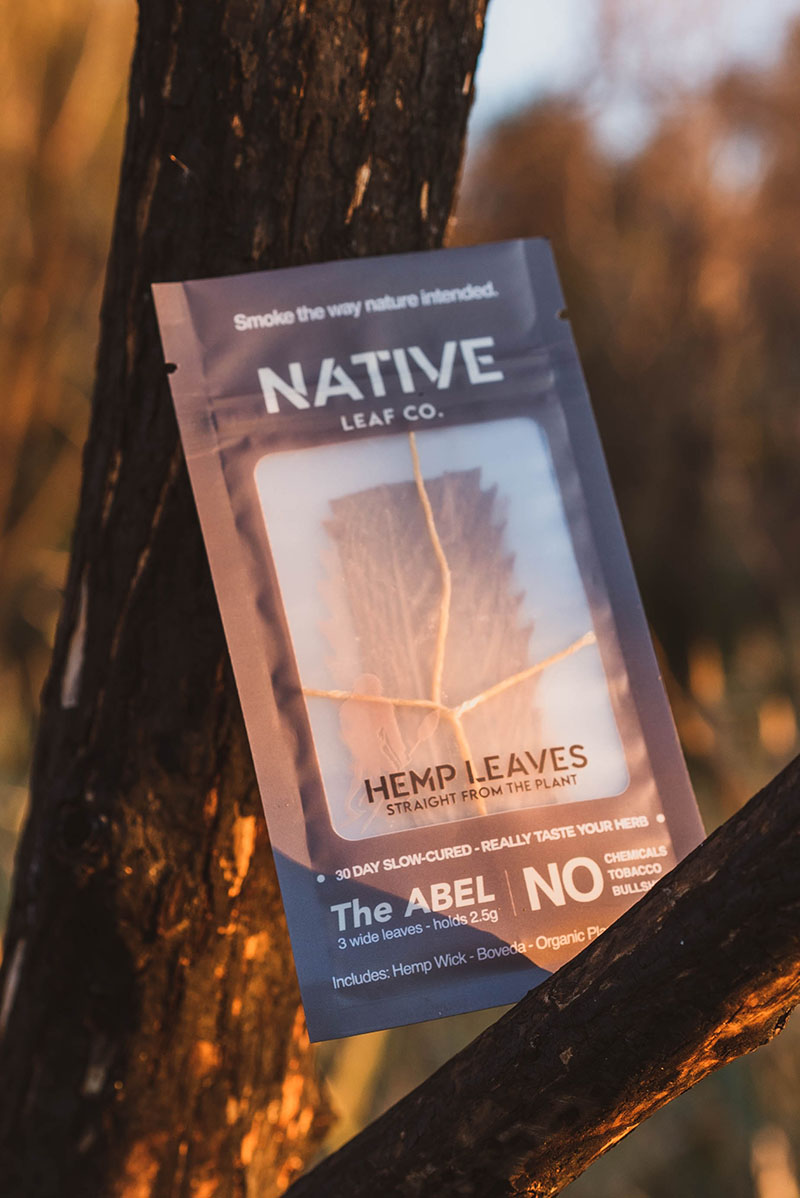Handpicked from the cannabis plant, Native Leaf Hemp Wraps are the first-of-their-kind natural wraps from cured hemp leaves. Accessing these types of hemp leaves, known as fan leaves, has always been difficult for the everyday cannabis enthusiast as it involves growing the plant themselves. Creating wraps from fan leaves, which are typically discarded, makes the process completely sustainable, and all of Native Leaf Co’s leaves undergo rigorous quality control testing, with each leaf inspected individually for proper condition and size. Available in three styles – LUCY, a double stacked hemp leaf, ABEL, a wide hemp leaf for the ability to add more cannabis, and ARDI, a single hemp leaf with zero additives. All Native Leaf kits include three leaves, a Boveda for optimal moisture content, three filters for a barrier of separation, organic plant glue to assist with sealing, a mini leaf for any patching needed for a preservative-free wrap, and hemp wick to prevent lighting directly with butane and changing the taste of the herb.













